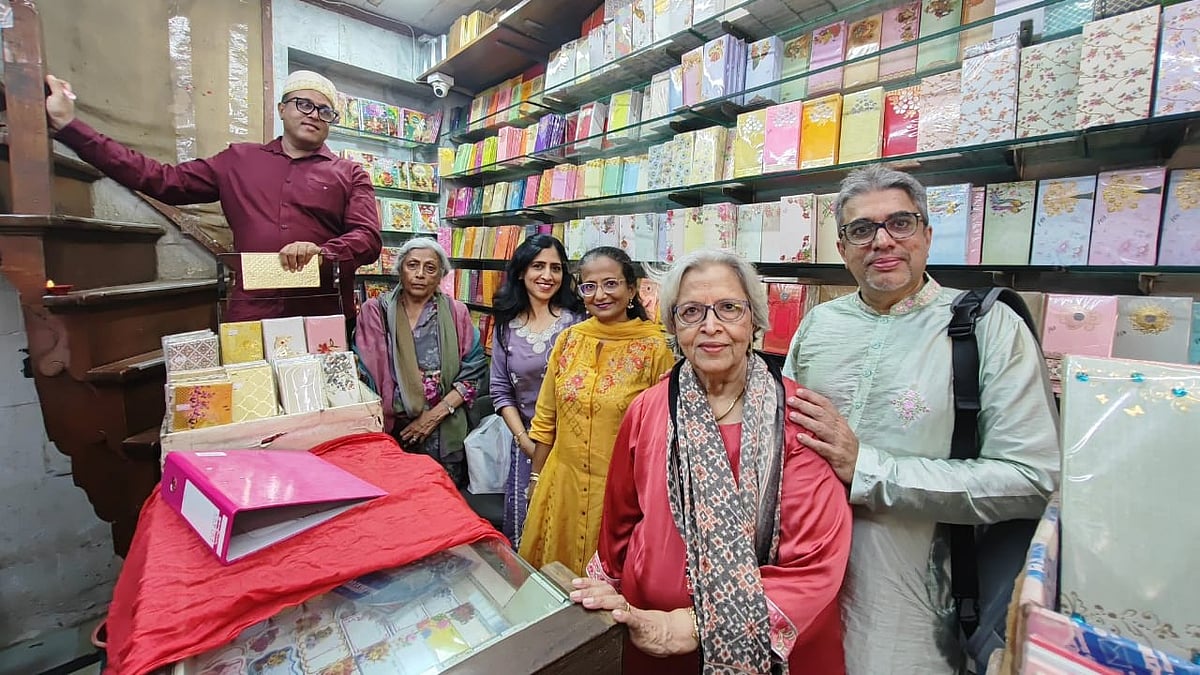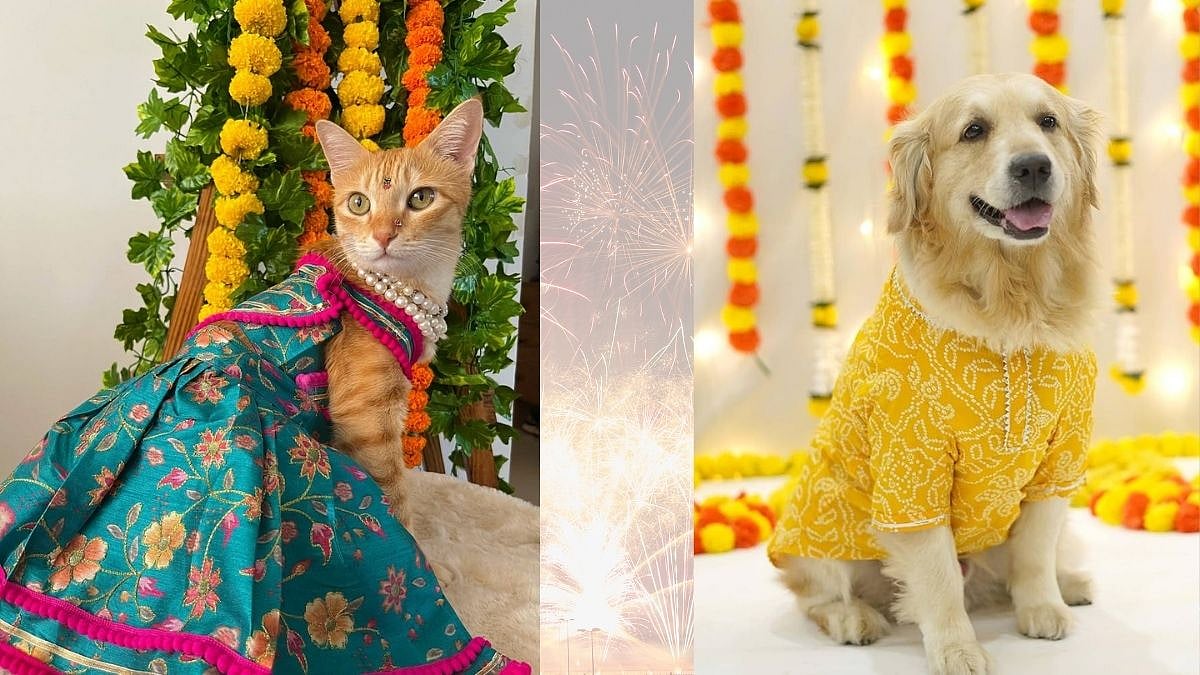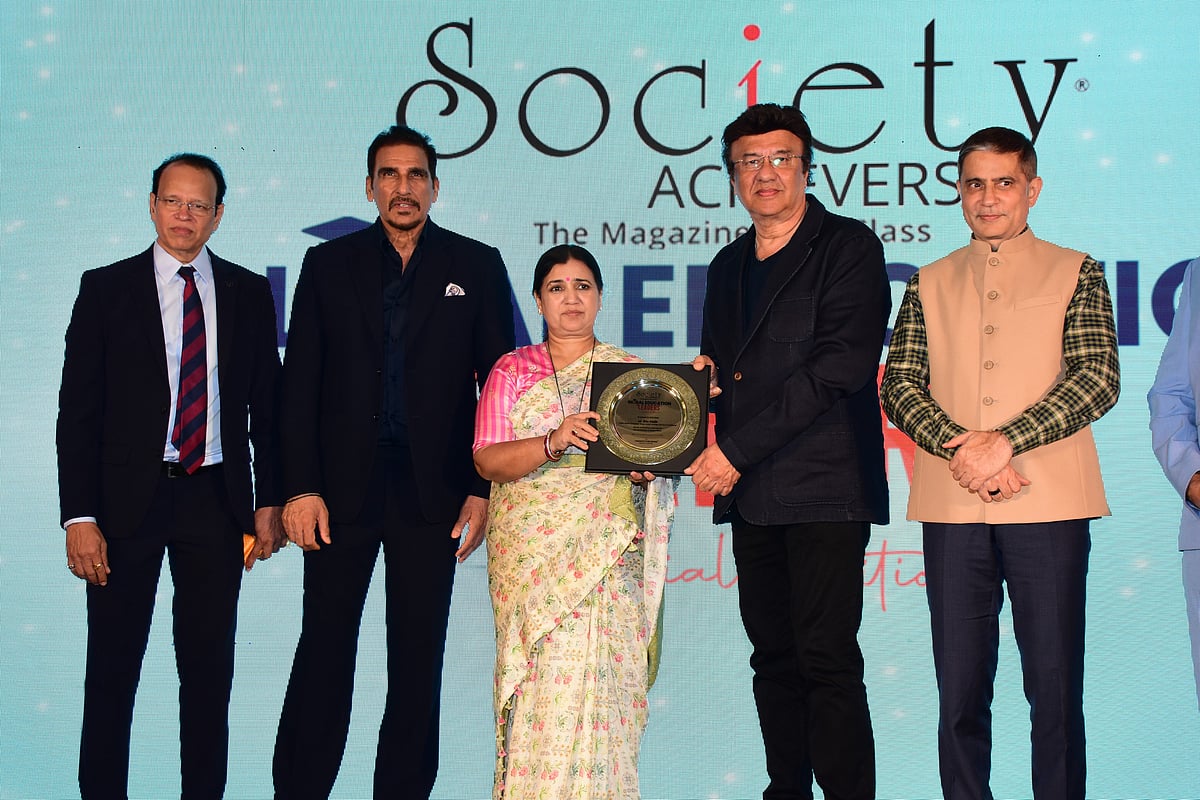This year is the 131st birth anniversary of HP Lovecraft, the master of Gothic horror literature and ‘father of cosmic horror’. His Cthulhu Mythos and other writings have had an impact on writers like Stephen King. With several books having an avid following, creating cult literature like Lovecraft’s is the dream of many writers. What magic sauce goes into such writing?
Love for Lovecraft
Arup Bose, publisher at Srishti Publishers and Distributors, says HP Lovecraft is “one of the most influential masters of writing Gothic tales of terror”. Lovecraft created and redefined the whole genre of terror with his Cthulhu Mythos.
“His stories of primordial beings that defy description in human terms created a big impact on the genre. It’s felt even today. His creation is still adapted or used as a template or trope in books, movies, music, web series and video games. The reason Lovecraftian horror remains popular is the fear of the unknown and unknowable that man has. Lovecraft created a mythos that was vast and unexplored and with enough naturalistic fusion of horror and science fiction to make it a little believable and chilling,” says Bose.

HP Lovecraft |
Author and screen-writer Mahendra Jakhar says Lovecraft is that unfortunate genius who never witnessed his work reaching cult status when alive.
Jakhar makes a case for Lovecraft’s works being relevant today. “Apart from the work of an author, the times that influenced his work are also important. Look at the many seismic social changes during Lovecraft’s life: women’s suffrage, advances in our understanding of outer space, the Russian revolution, newly visible LGBT communities in American cities, WWI and the largest wave of migrants and refugees in the US had ever seen. All these seem to have influenced his writing a great deal. Coded in an alphabet of monsters, Lovecraft’s writings offer a potential key to understanding our current dilemma.”
Jakhar sees the possibility of perceiving Lovecraft “as an almost unbearably sensitive barometer of American dread”. “Far from outlandish eccentricities, the fears that generate Lovecraft’s stories and opinions were precisely those of the white, middle-class, heterosexual, Protestant-descended males who were most threatened by the shifting power relationships and values of the modern world. Everyday scenarios held little allure for Lovecraft. And so, he wrote about the bizarre,” he says.
Keen readers easily distinguish a pattern in a writer’s iconic writing style. Author Ajinkya Bhasme says the same about Lovecraft’s writings.
“At the beginning of Call of Cthulhu, Lovecraft writes, “The most merciful thing in the world, I think, is the inability of the human mind to correlate all its contents. We live on a placid island of ignorance in the midst of black seas of infinity, and it was not meant that we should voyage far.”

“These sentences hold the answer to why a cult could make such a dominant impact on literary culture. We, humans, love to be in control of situations. So, when something inexplicable happens to our ‘humanness’, it forces us to draw parallels that do not always adhere to logic. We need to make sense of things. And any explanation that has elements of culture and extraordinary things restores our beliefs that we are indeed in control,” says Bhasme.
“Add this with a group of people sharing the same ideology that further solidifies your belief system. Lovecraft’s literature gives you a trip around these systems of belief that keeps drawing you in with a promise of steadily raising your intellectual inertia. That in itself is a recipe for influence,” he says.
The making
Writer and visual artist Tejas Modak feels cult literature is, in essence, a widely recognised work representing the readers. “For any work to become a work of cult fiction, it needs to be able to stand for something for a large number of people to feel the same. It not just entertains but also celebrates that particular belief. I guess the writer must inherently understand the workings of the human mind and couple this knowledge with the ability to narrate a rousing story,” says Modak.
Bose says, “Not only does one have to be imaginative and free-spirited while creating a vast mythos, but must also consider what would connect with his readers’ mindset. This is very important in anything getting a cult following, which immortalises the mythos one has dreamt of.”
Jakhar says that readers are usually spellbound “by the unknown or the fear of the unknown”. “And most cult literature comes from horror or fantasy. Like HP Lovecraft said, “The oldest and strongest emotion of mankind is fear, and the oldest and strongest kind of fear is fear of the unknown. Many cult writers have tapped into this unknown and have given us stories, characters and new worlds.”
Relatability and motive, says Bhasme, are the most vital aspects of good cult literature. “Horror and comedy are the most difficult genres to write because it is difficult to scare people and make them laugh. When it comes to a cult, the dynamics and rituals of the group have to be intricately crafted with every character, creating a solid foundation of the premise that is subsequently built on it.”
The India connect
Many literary classics from India and abroad have achieved cult status, which their authors could not have foreseen.
Premanka Goswami, executive editor, Penguin Random House India, says, “Perhaps, it’ll be wrong to say that a ‘cult book’ can be purposefully conceived from the very beginning. We often see that students play a huge role in making a work a cult book. George Orwell’s 1984 and William Golding’s The Lord of the Flies are two such cult novels. In the Indian context, especially in the academic circle, Rushdie’s Midnight’s Children, Ghosh’s The Shadow Lines, Tharoor’s The Great Indian Novel are classic examples. The works, with their unique thematic settings, plot construction and contemporary appeal, have over time gained the status of ‘cult literature’.”

Salman Rushdie |
India’s linguistic diversity adds to literary growth. Modak says, “The vernacular space is rich with works that readers have grown up with. Marathi has Faster Fenay by Bha Ra Bhagwat, horror stories by Narayan Dharap and Ratnakar Matkari. Satyajit Ray's Feluda is immensely popular even in English, not just its native Bengali. Every language would have its own cult stories.”
Bose feels the same. “We have cult authors like Surendra Mohan Pathak who have written multiple successful series. His books have been translated into multiple languages and inspired movies, TV series and writings.”
The process
It is difficult for Goswami to talk about suggestions for budding authors. “I think a work of fiction becomes cult literature over a while. Neither Kafka nor Dostoevsky wanted to create cult novels. But, they were probably true to their art, writings and times. Eventually, their works found resonance.”
“Any work of cult literature is created when the author has managed to craft a personally important narrative into a universal analogy that touches upon something very relevant to a large number of people,” says Modak.











